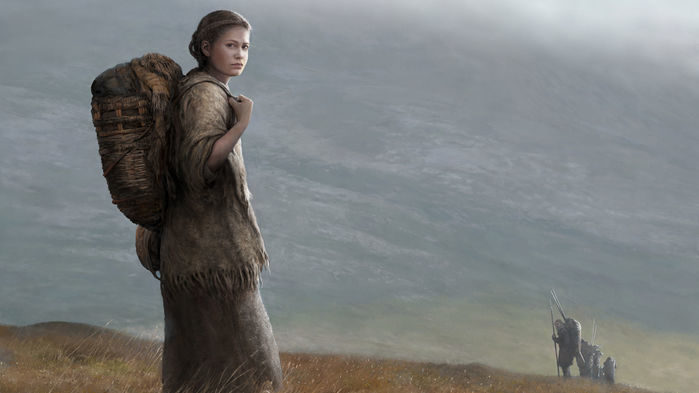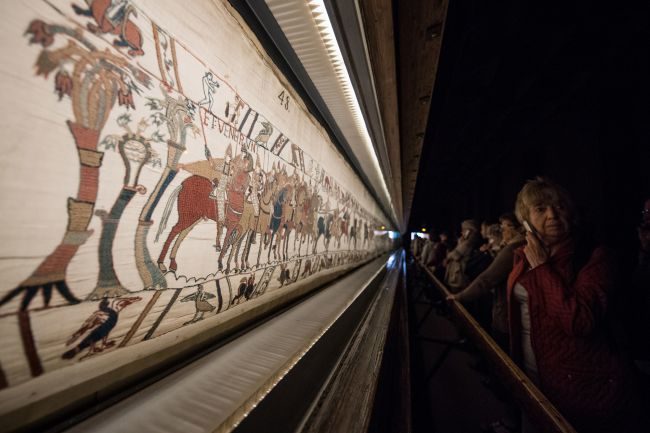OF THE
TIMES
In other words, there is very little in the history books to support the claim that the skeleton in Bj. 581 was a Viking woman warrior. In fact, we can't say for certain that this individual was a woman, a warrior, or even a Viking.Another article Upper-class Viking men were buried with cooking gear shows that these grave goods could be interpreted in a number of ways:
While the DNA evidence suggests this skeleton belonged to a female [...]
On the one hand, there seems to have been a clear delineation between men and women: On the family farm, chores were gender-coded as either male or female; from the sagas, we learn that cross-dressing was grounds for divorce. On the other hand, it wasn't uncommon for female skeletons to be buried with male-coded objects, such as weapons. We still don't know what this meant to the Vikings, but it does mean that Bj. 581 is not unique.
That the individual buried in Bj. 581 was a warrior is also hard to confirm, because as professor of Viking studies Judith Jesch observed, the skeleton shows no marks or wear that might be associated with battle wounds.
Finally, the grave objects in Bj. 581 are not Scandinavian, which raises the question of whether this person was a Viking at all. Instead, the weapons, the clothes, and the animals found in this grave seem to have originated nearer the Caspian Sea, which is located in Central Asia.
[...] upper-class men and women generally were buried with the same types of items - including cooking gear.See also:
"The key is a good example. It is often considered to be the symbol of a housewife," Moen said. Nonetheless, almost as many men's graves had keys as women's graves.
However, from his own work in Vestfold, he had the impression that farmers were much more concerned with marking gender in their graves than the upper-class citizens, although he points out that this was not the focus of his research.
There are still a few clear differences between genders for the elite. Men generally have weapons in their graves, while women have jewellery and textile tools, as Moen's work shows. More than 40 per cent of the male graves contained jewellery such as brooches and beads.


Comment: The Smithsonian reports on the further implications of the find: See also: